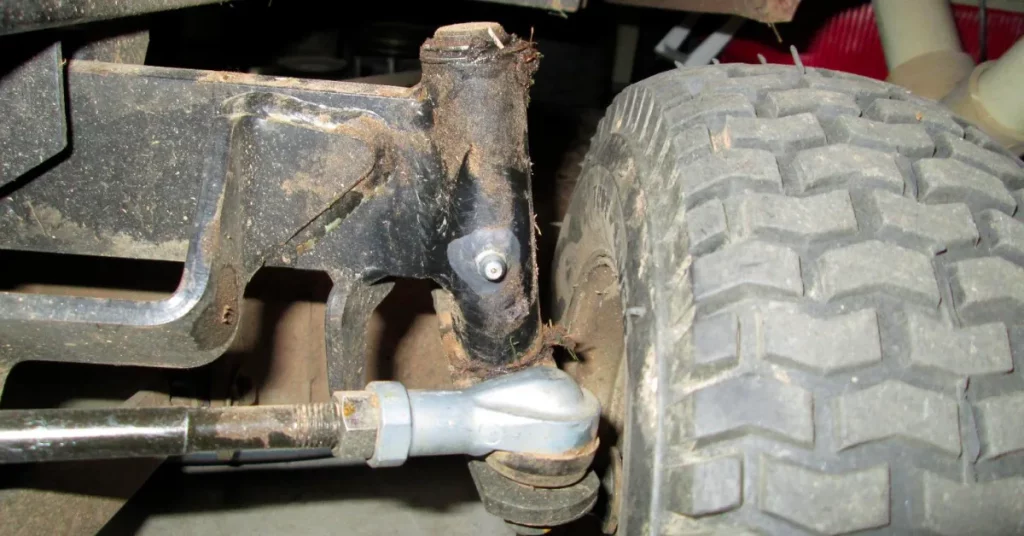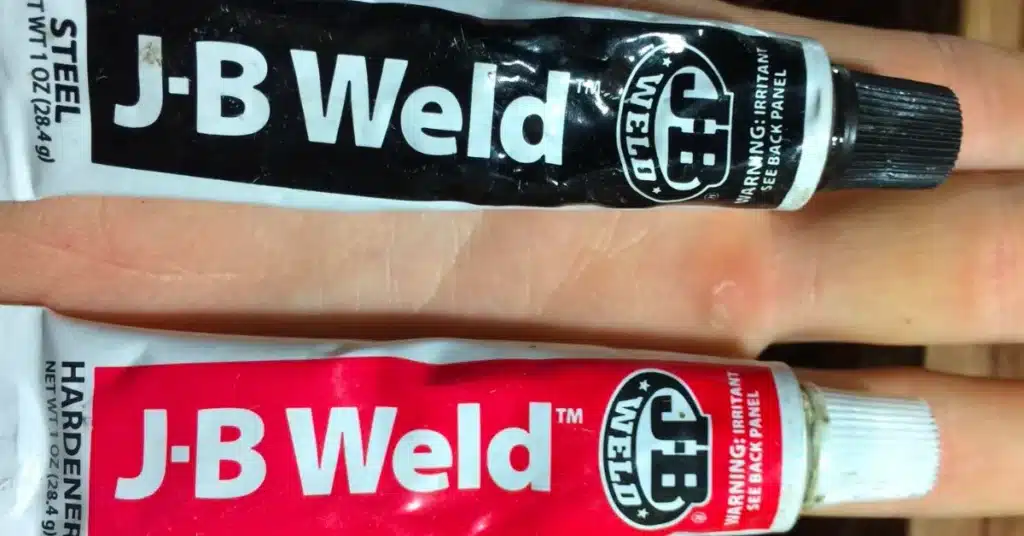JB Weld Steel Stick is an incredible epoxy putty that works on all metals. From time to time, you need this adhesive to repair and bond things around your house and others.
But while working with it, have you ever wondered what’s the difference between JB Weld Steel Stick and other Epoxy? Why should you buy JB Steel Stick rather than epoxy?
I have all the answers for you. Below, I have compared JB Weld Steel Stick vs. Epoxy in detail so that you know which one you should buy and why.
So, keep on reading below to find out more.
Read More: How to Use JB Weld Steel Stick?
JB Weld Steel Stick vs. Epoxy
Even though JB Weld Steel Stick is also an epoxy putty, there are some major differences when it comes to JB Weld Steel Stick vs. Epoxy.
I have discussed all these differences below. However, before jumping into the elaborate discussion, go through the table below for a quick glance.

A Summary of The Differences
| Features | JB Weld Steel Stick | Epoxy |
| Strength | 4000 psi | 10,000psi |
| Heat Resistance | 300ºF | 600°F |
| Cure Time | 1 hour | 24 hour |
| Compatible Surfaces | Steel and other metals | Wood, metal, glass, stone, and some plastics |
| Used For | Repair and rebuild metal surfaces | Range of uses |
Read More: JB Weld Tank Weld vs. Steel Stick
What Are The Differences Between JB Weld Steel Stick and Epoxy?
Now that you know that there are actually more than a few differences between the JB Weld Steel Stick and Epoxy, let me talk about them in detail for your better understanding.
Strength
Strength matters when buying an adhesive. And when it comes to strength, there is a significant difference between the JB Weld Steel Stick and Epoxy.
Even though the Steel Stick is made for repairing and bonding steel and other metals, it has a tensile strength of 4000 psi.
Such tensile strength can create a permanent bond however, it’s not as strong as its competitor.
Epoxy offers a tensile strength of 10,000 psi, which means that it can create a super-strong bond that is virtually indestructible.
Read More: JB Weld Steel Stick vs. Water Weld
Heat Resistance
Another important aspect that differentiates between JB Weld Steel Stick and Epoxy is their durability and heat resistance level.
JB Weld Steel Stick is quite durable. It can resist up to 300ºF of heat before melting apart.
However, when it comes to Epoxy, it is a completely different story. This adhesive can withstand a temperature range of 600ºF before it starts melting.
As it can resist such a high amount of heat, Epoxy offers better durability than JB Weld Steel Stick on any given day.

Cure Time
There is also a difference between these two adhesives when it comes to the cure time.
While JB Weld Steel Stick cures in just 1 hour, it takes about 24 hours for Epoxy to dry in general.
Compatible Surfaces
As the name suggests, JB Weld Steel Stick is an epoxy putty that is made exclusively for steel and other types of metals.
It doesn’t matter if you want to repair and bond between steel, copper, aluminum, or any other type of metal; this adhesive will work its magic on it.
On the other hand, Epoxy is versatile. This adhesive is used to form a strong bond in materials like metal, wood, plastic, fiberglass, and others.
You can use this adhesive on anything and everything you want to bond and repair.
Read More: Belzona Epoxy vs. JB Weld Epoxy
Last Opinion
This JB Weld Steel Stick vs. Epoxy discussion was very precise and thorough. From this article, it is clear that Epoxy is better than JB Weld Steel Stick; as it has more tensile strength and can withstand more heat, it creates a virtually unbreakable bond.
However, the uses and compatible surfaces of both these adhesives are different. Therefore, it would be wise for you to determine your requirements first and then make a buying decision.
Otherwise, you might buy the one. that is wrong for your project.

